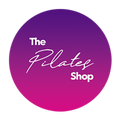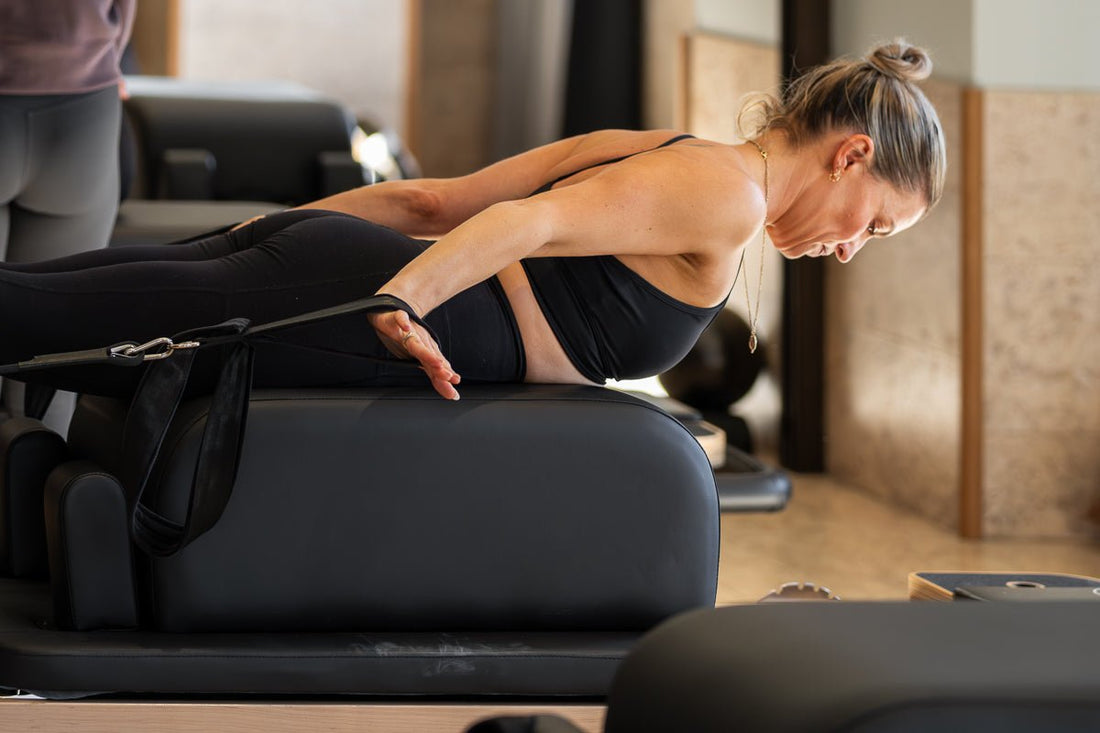In today’s world, many of us spend hours sitting at desks, in cars, or on couches. While sitting might seem harmless, the reality is that prolonged periods of sitting can have a significant impact on our posture and overall health. Poor posture can lead to a range of issues, from back and neck pain to reduced mobility and even decreased energy levels. The good news is that Pilates offers an effective way to combat the negative effects of sitting and improve your posture. In this blog post, we’ll explore how Pilates can help you develop better posture and feel stronger, more aligned, and more energised.
Why Posture Matters
Before diving into how Pilates can help, it’s important to understand why posture is so crucial. Good posture isn’t just about looking confident; it’s about maintaining the natural curves of your spine, which helps distribute the forces of gravity evenly across your body. When you have proper alignment, your muscles, joints, and ligaments work more efficiently, reducing the risk of injury and strain.
Prolonged sitting, however, can lead to a variety of postural problems, including:
- Forward Head Posture: This occurs when your head juts forward, putting strain on your neck and upper back.
- Rounded Shoulders: Sitting for long periods can cause your shoulders to round forward, leading to tight chest muscles and weak upper back muscles.
- Anterior Pelvic Tilt: When your hip flexors become tight from sitting, they can pull your pelvis forward, creating an exaggerated curve in your lower back.
These postural imbalances not only affect how you look but can also lead to discomfort, pain, and reduced mobility over time.
How Pilates Improves Posture
Pilates is known for its focus on core strength, flexibility, and controlled movement, making it an ideal exercise method for improving posture. Here’s how Pilates can help combat the effects of sitting:
-
Strengthening the Core:
- The core muscles, including the abdominals, obliques, and lower back muscles, are essential for maintaining good posture. Pilates exercises target these muscles, helping you develop a strong, stable core that supports your spine and prevents slouching.
-
Increasing Flexibility:
- Tight muscles, particularly in the hip flexors, chest, and shoulders, can pull your body out of alignment. Pilates incorporates stretching and lengthening exercises that help release tension in these areas, allowing you to maintain a more natural posture.
-
Enhancing Body Awareness:
- One of the key principles of Pilates is mindfulness. As you practice, you become more aware of your body’s alignment and movements, which helps you identify and correct poor posture both during workouts and in daily life.
-
Balancing Muscle Groups:
- Pilates exercises are designed to work your muscles in a balanced way, ensuring that no one group becomes overdeveloped or underused. This balance is crucial for maintaining proper alignment and preventing postural imbalances.
Pilates Exercises to Improve Posture
Here are some Pilates exercises that specifically target posture-related issues caused by sitting:
-
Chest Opener:
- Purpose: To stretch tight chest muscles and open up the shoulders.
-
How to Do It:
- Sit or stand with your arms extended out to the sides, palms facing forward. Inhale and gently squeeze your shoulder blades together as you lift your chest. Hold for a few seconds, then exhale and release. Repeat several times.
-
Cat-Cow Stretch:
- Purpose: To increase flexibility in the spine and relieve tension in the back.
-
How to Do It:
- Start on your hands and knees in a tabletop position. Inhale as you arch your back, lifting your head and tailbone towards the ceiling (Cow). Exhale as you round your spine, tucking your chin to your chest and drawing your belly button towards your spine (Cat). Repeat 8-10 times.
-
Plank:
- Purpose: To strengthen the core, shoulders, and back, supporting better posture.
-
How to Do It:
- Start in a push-up position with your hands directly under your shoulders and your body in a straight line from head to heels. Engage your core and hold the position for 20-30 seconds, gradually increasing the time as you build strength.
-
Seated Spine Twist:
- Purpose: To improve spinal mobility and relieve tension in the back.
-
How to Do It:
- Sit with your legs extended straight in front of you and your arms out to the sides. Inhale and lengthen your spine, then exhale as you twist your torso to the right, keeping your hips grounded. Inhale back to center, then exhale as you twist to the left. Repeat 5-6 times on each side.
-
Shoulder Bridge:
- Purpose: To strengthen the lower back, glutes, and hamstrings, counteracting the effects of sitting.
-
How to Do It:
- Lie on your back with your knees bent and feet flat on the floor, hip-width apart. Inhale and lift your hips towards the ceiling, pressing through your heels. Hold for a few seconds, then exhale as you slowly lower your hips back to the floor. Repeat 8-10 times.
Tips for Incorporating Pilates into Your Routine
To get the most out of your Pilates practice and improve your posture, consistency is key. Here are some tips for incorporating Pilates into your daily routine:
- Practice Regularly: Aim to do Pilates at least 3-4 times a week to see noticeable improvements in your posture.
- Take Breaks from Sitting: Even if you have a busy schedule, try to take breaks every hour to stand up, stretch, and do a few quick Pilates exercises.
- Stay Mindful: Pay attention to your posture throughout the day, especially when sitting at a desk or using a computer. Engage your core, keep your shoulders back, and avoid slouching.
Conclusion: Stand Tall with Pilates
Pilates is a powerful tool for improving posture and combating the negative effects of prolonged sitting. By incorporating Pilates exercises into your routine, you can strengthen your core, increase flexibility, and develop better body awareness, all of which contribute to better posture. Over time, these benefits will not only enhance your physical appearance but also reduce discomfort and improve your overall well-being. So, take a stand (literally and figuratively) against the effects of sitting all day, and let Pilates help you achieve the strong, aligned posture you deserve.

